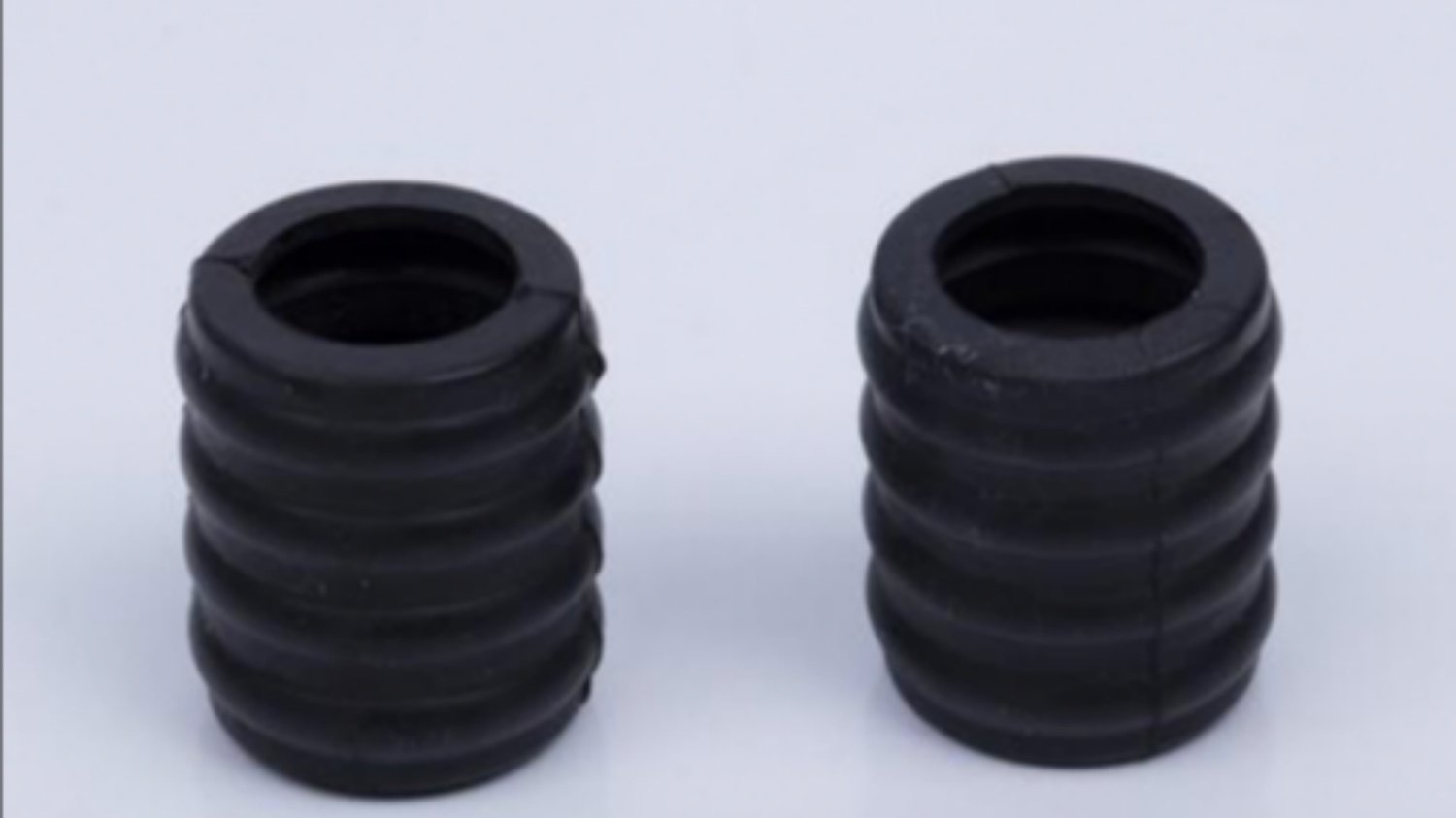Mold Milling: A Comprehensive Guide
When it comes to mold milling, precision is key. This process involves using a cutting tool to remove material from a workpiece to create a specific shape. In this article, we will delve into the different aspects of mold milling, its advantages, and the factors to consider before opting for this manufacturing process.
What is Mold Milling?
Mold milling is a subtractive manufacturing process that involves removing material from a workpiece using a cutting tool. This process is commonly used to create molds for injection molding, die-casting, and even automotive parts. Mold milling requires a high degree of accuracy, which is enabled by modern CNC machines.
Advantages of Mold Milling
Mold milling offers several benefits over other manufacturing processes. Firstly, it offers excellent dimensional accuracy, with deviations as small as 0.02 mm. This level of accuracy is necessary to produce high-quality molds and parts. Secondly, it is a flexible process, meaning that various materials can be used, such as metals, plastics, and composites. Lastly, mold milling is a relatively fast and cost-effective process, making it an efficient way of creating molds and parts.
The Mold Milling Process
The mold milling process typically involves several steps. Firstly, the workpiece is placed onto the CNC machine’s worktable. The cutting tool is then programmed to move in a specific path and remove material from the workpiece to create the desired shape. This process is repeated several times until the mold is complete. The finished mold is then polished to achieve the desired surface finish.
The Factors to Consider Before Opting for Mold Milling
Before opting for mold milling, several factors need to be considered. Firstly, the design of the mold needs to be suitable for milling. Not all shapes can be milled accurately, and for complex shapes, other manufacturing processes may need to be considered. Secondly, the choice of material needs to be appropriate for the desired outcome. Different materials have different properties, and some are more suited to certain applications than others.
The Types of Cutting Tools Used in Mold Milling
The choice of cutting tool is crucial in mold milling. Different cutting tools are suitable for different materials and shapes. Commonly used cutting tools include end mills, ball nose cutters, and drills. End mills are used to remove material from the surface of a workpiece, while ball nose cutters are used to create more complex shapes. Drills are used to create holes.
The Importance of Surface Finish in Mold Milling
The surface finish of the mold is essential in determining its quality. A smooth surface finish is necessary to prevent defects in the final product, such as surface blemishes. Achieving a smooth surface finish requires the use of high-quality cutting tools and careful techniques. The use of coolant during the milling process can also help achieve a smooth surface finish.
Mold Milling and High-Speed Machining
Mold milling is often combined with high-speed machining (HSM). HSM involves using high rpm and feed rates to remove material quickly and efficiently. HSM can significantly reduce production time and increase productivity, making it a popular choice for large-scale manufacturing.
The Advancement of Mold Milling Technology
Mold milling technology is constantly evolving, with new advancements aiding in precision, speed, and efficiency. One such advancement is the use of five-axis CNC machines, which can move the cutting tool in five directions, enabling more complex shapes to be created. In addition, the use of CAD/CAM software allows for precise 3D modeling of molds, making the process more efficient and accurate.
Conclusion
Mold milling is a precise and efficient manufacturing process that offers excellent dimensional accuracy and flexibility. Before opting for this manufacturing process, several factors need to be considered to ensure that the mold is suitable for milling, and the choice of material is appropriate for the desired outcome. Advances in technology continually improve the mold milling process, making it even more precise and efficient.

